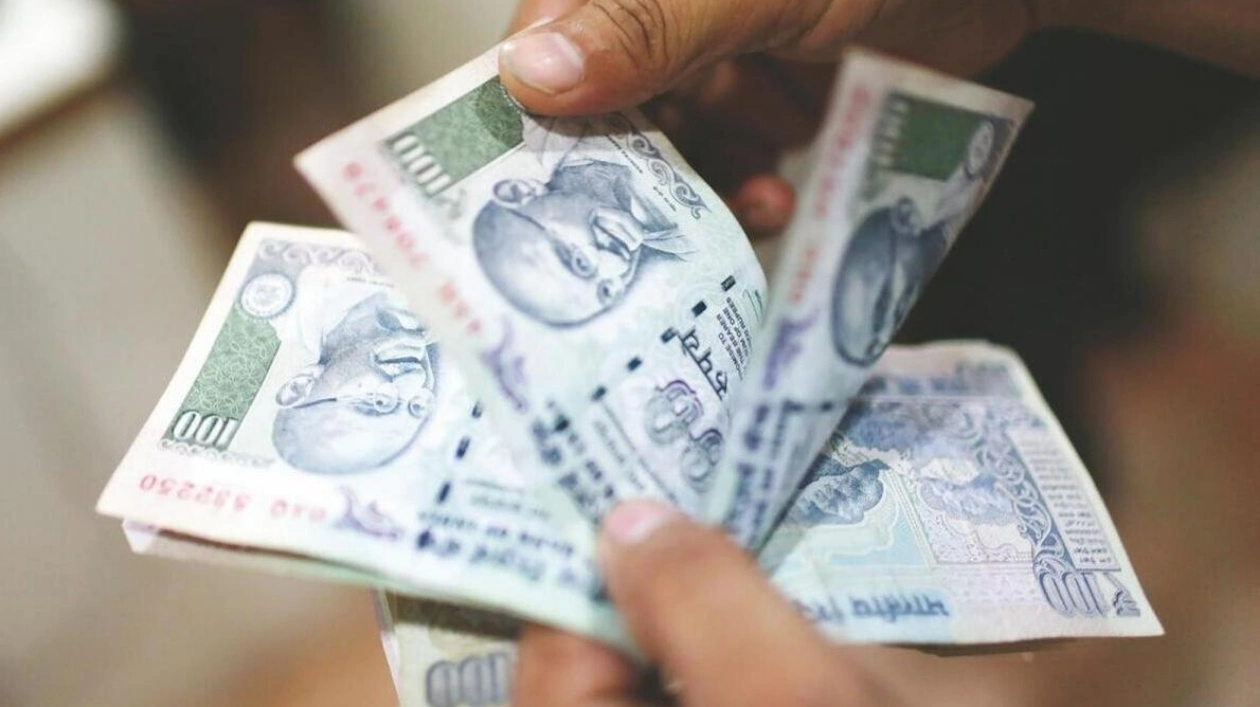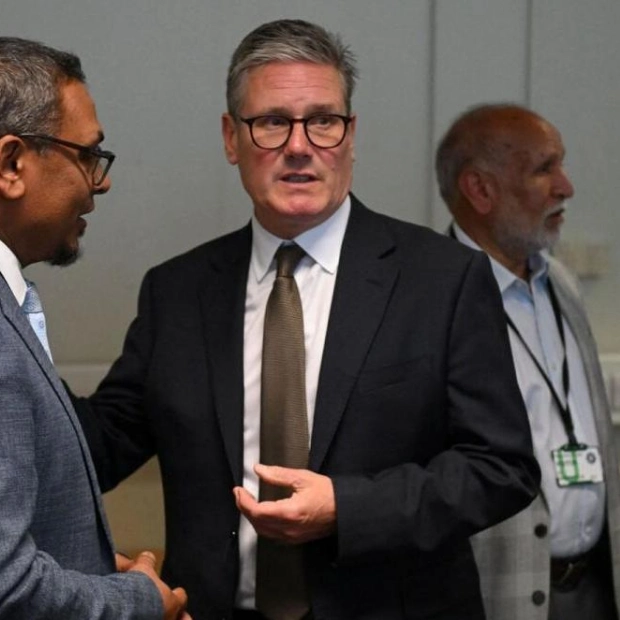Photo: Reuters file
Remittances from the UAE have surged as Asian currencies have weakened following the decisive victory of Republican candidate Donald Trump in the US national elections last week. “We have noticed a significant increase in remittances to India and the Philippines,” stated a spokesperson from the super app Botim. “There has been a three percent rise in transaction numbers to India and approximately four percent increase in Philippine peso transactions for the first 12 days of November 2024 compared to the same period in October 2024.” Since the Nepalese rupee moves in line with the Indian rupee, the USD/NPR exchange rate reached a historic high of 135.79 in November 2024. Additionally, there was a 36 percent increase in transaction numbers from September to October. Bangladesh also saw a 32 percent month-on-month rise in transactions,” the spokesperson added.
On Monday, the Indian rupee hit its lowest level ever, with potential intervention by the Reserve Bank of India (RBI) preventing a steeper decline. “The recent US elections have significantly impacted global financial markets, strengthening the US dollar and causing a sharp decline in several Asian currencies,” explained Adeeb Ahamed, Managing Director of LuLu Financial Holdings. “This shift has led to an increase in remittance volumes, particularly in the UAE, as customers take advantage of favorable exchange rates to send money home. Remittances from the UAE to India have increased, with similar trends observed in other corridors.” He noted that expatriates have responded positively to these market changes. “The ability to maximize the value of funds transferred to families and communities in their home countries highlights the crucial role of efficient remittance services during such economic shifts,” he said.
However, experts suggest that it may not be the right time to remit just yet. “Overall, Donald Trump’s election has significantly bolstered the bullish trend in the dollar, which has already factored in substantial changes in the expected path of US fiscal-monetary policy and looming tariff issues,” said Vijay Valecha, Chief Investment Officer at Century Financial. “As 2025 approaches, the dollar appears to be continuing its confirmed bullish trend. Therefore, it might be wise to wait before remitting.” His views were echoed by Naveed Ali, Director of Finance at Zand Digital Bank. “The USD is likely to remain strong in the short term. Given the Federal Reserve’s high interest rates and economic conditions in the US, this will likely keep pressure on currencies like the rupee, peso, and others. Hold if you are willing to wait for better rates and can tolerate the risk of further depreciation.”
According to Naveed, the short-term outlook for several currencies, including the rupee and peso, will depend on various factors. “These include global economic trends, regional dynamics, and domestic factors such as inflation, interest rates, economic growth, and geopolitical risks. In short, a strong US dollar will continue to exert pressure on the value of the rupee, peso, and other free-floating Middle Eastern currencies.” Vijay explained the current state of the global market. “The aftershocks from the Trump earthquake are now more evident,” he said. “The dollar rose further on Tuesday, reaching its highest level since it surged against the Euro following the threat of customs duties promised by Donald Trump. More currencies could be affected by the implementation of Trump’s new customs tariffs, particularly the Chinese yuan. The US president-elect aims to raise import taxes to 20 percent for products entering the country, including those from the European Union, and has promised to increase it up to 60 percent for imports from China.” He added that the UAE dirham would benefit significantly under Trump’s leadership as the AED is pegged to the USD.
Source link: https://www.khaleejtimes.com






